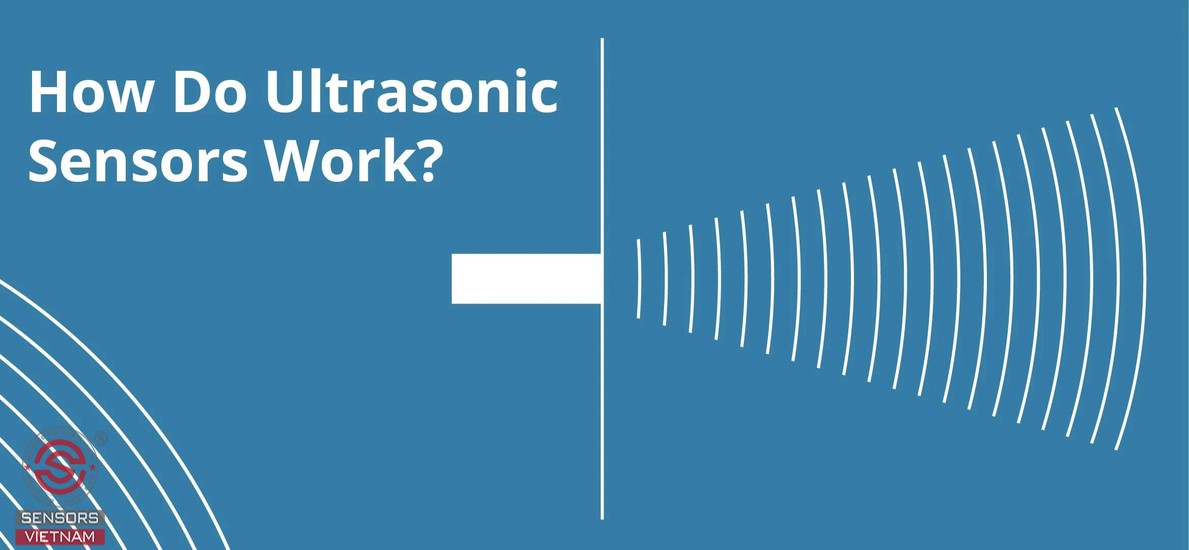CUSTOMER SERVICE
www.sensors.vn
Admin@sensors.vn
www.cambien.com.vn
Date 29/Sep/2025 at 02:16 PM - View: 52

An ultrasonic sensor is a device that measures distance and detects objects by emitting ultrasonic waves and receiving the reflected signal from the target. Based on the time of flight of the sound waves, the sensor can calculate distance, position, and even detect obstacles with high accuracy.
How Does an Ultrasonic Sensor Work?
Wave emission: The sensor generates ultrasonic waves at a high frequency.
Echo reception: When these waves hit an object, they bounce back.
Signal processing: The sensor calculates the distance using the time difference between sending and receiving the signal.
Formula:
Distance = (Time × Speed of Sound) / 2
Applications of Ultrasonic Sensors
Industrial automation – Level measurement in tanks, monitoring silo contents, object detection on conveyors.
Automotive – Parking assistance, obstacle detection, blind spot monitoring.
Agriculture – Monitoring water levels, irrigation system control, crop monitoring.
Building automation – Elevator systems, automatic doors, ventilation control.
Advantages of Ultrasonic Sensors
Accurate distance measurement without physical contact.
Reliable performance in dark, dusty, or reflective environments.
Ability to detect transparent or dark-colored objects that optical sensors may miss.
High durability and easy integration into control systems.
Ultrasonic sensors are versatile solutions for precise and reliable distance measurement. With wide applications across industries such as manufacturing, automotive, agriculture, and building automation, ultrasonic sensors are becoming an essential choice for modern automation systems.
Suggested SEO Keywords: ultrasonic sensor, ultrasonic sensor working principle, ultrasonic sensor applications, ultrasonic level measurement, benefits of ultrasonic sensor.